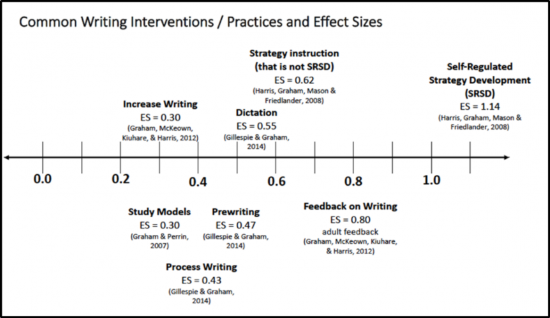This weekend an interesting blog post popped up on Scientific American: Using Pop Culture to Practice Productive Disagreement, https://blogs.scientificamerican.com/budding-scientist/using-pop-culture-to-practice-productive-disagreement/. In a nutshell, the blog states that when children share opinions about movies, their favorite characters, shows, books, etc., we are gifted some real teachable moments. The blogger makes the case that how we respond to children’s opinions (and adults’ for that matter) shapes their future questioning and openness to assert and support their views and counterpoints in productive ways.

As educators we know the value in which diversity of thought and experience pushes deeper understanding and critical thinking. Now, more than ever, these cognitive skills are important for the world students are preparing to enter. So what can we do with our students and colleagues to seize and nurture these teachable moments? How can we use them to build and strengthen those critical skills needed for opening and sustaining the dialogues we very need most, those that push us to engage with multiple viewpoints?
For me, this means taking a second look at strategies for responding to higher order questions and how to explicitly teach their use in discussion. The Teaching Channel has some great videos of strategies for teaching students to generate and respond to higher order questions, like this one: https://www.teachingchannel.org/videos/teaching-higher-order-thinking-skills. It also means thinking about the context, too – what is a discussion and what is it not? How is discussion different from debate?
It’s a short read, but well worth it. See what questions it raises for you!


 Data-Driven Decision-Making
Data-Driven Decision-Making  Increasing Post-School Success through Interagency Collaboration
Increasing Post-School Success through Interagency Collaboration  How Can We Improve Deeper Learning for Students with Disabilities?
How Can We Improve Deeper Learning for Students with Disabilities?  Positive Classroom Management: Creating an Environment for Learning
Positive Classroom Management: Creating an Environment for Learning  Self-Determination Skills Empower Students of All Ages
Self-Determination Skills Empower Students of All Ages  Fidelity of Implementation: What is it and Why does it Matter?
Fidelity of Implementation: What is it and Why does it Matter?  Rethinking Classroom Assessment
Rethinking Classroom Assessment  A Three-Step Approach to Identifying Developmentally Appropriate Practices
A Three-Step Approach to Identifying Developmentally Appropriate Practices  Transforming Evidence-Based Practices into Usable Innovations: A Case Study with SRSD
Transforming Evidence-Based Practices into Usable Innovations: A Case Study with SRSD